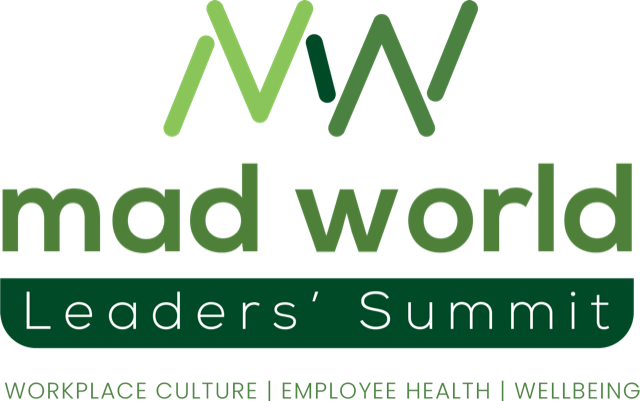With contributions from HR, reward, compensation and benefits professionals from over 240 employers, Aon’s UK Benefits and Trends Survey 2025 presents a comprehensive analysis of the evolving landscape of employee benefits.
Among the survey’s key findings, we saw:
- Employee engagement and flexibility: Work-life balance and flexibility are crucial, with 95% of employers allowing hybrid working arrangements and 52% offering flexible hours.
- Adoption of AI technologies: AI is increasingly being integrated into organisations, with 38% already using it and 39% planning to do so in the next two to three years.
- Online benefits platforms: There is a growing trend towards digital benefits platforms, with more organisations planning to introduce them in the next three years. Despite the prevalence of mobile phones, 54% of respondents with a benefits platform do not have an app to support it and have no plans to do so.
- Health and wellbeing strategies: Employers are using data-driven insights to create holistic wellbeing strategies, focusing on emotional, social, physical, and financial wellbeing. Despite escalating costs, there is a focus on ensuring medical schemes remain fit for purpose.
- Communication and engagement: There is a shift towards digital communication channels for employee benefits, with a focus on improving messaging and increasing communication frequency.
- Workplace pensions: Improving investment returns was ranked the first or second priority for 58% of respondents, overtaking reducing member charges, with only 37% ranking it first or second this time around. We see this as a positive change as investment returns are likely to have a far greater impact on the overall pension outcome for employees than charges.
Employers bear responsibility for influencing employee health and wellbeing
Most organisations agree or strongly agree that an employer has a responsibility for influencing employee health and wellbeing. This is consistent with previous scores (94% in 2025 versus 95% in 2022) and is in line with Aon’s 2025 Employee Sentiment Study report where nearly half of employees thought that employers should be supporting employee wellbeing.
41% of companies have a formalised health and wellbeing strategy, with a further 31% planning to – these findings are similar to those reported in 2022. With HR departments grappling with increasing healthcare costs and real costs continuing to rise for both employers and employees, it is now more critical than ever to tightly align employee needs with budget. Personalisation is going to be key, and a health and wellbeing strategy enables a company to look holistically across all people costs and services to ensure employee needs are being met.
Less than a third of companies have a specific wellbeing budget
We saw that around a quarter of companies reported having a specific wellbeing budget, with the most common allocation being <£100 per employee per annum. A further 9% of companies stated that they are in the processes of developing their wellbeing strategies.
As wellbeing continues to become embedded within the DNA of companies it may be that decentralised funding is being used to support these programs – with departmental or regional budgets contributing to more localised activities. While a diverse ownership model has some benefits, a centralised budget to ensure global standardisation of wellbeing services is critical to ensure equity.
A growing focus on preventative wellbeing
Within the area of preventative wellbeing there has been a seismic shift in the use of virtual GP services, with 88% of companies now offering this benefit. This was the highest score across all benefits in this survey, highlighting the behavioural change within the UK towards the use of virtual medical care, rather than the NHS, as the first option when seeking medical treatment.
Mental health continues to be widely supported, and as found in the previous 2022 survey, mental health first aider training, general mental health awareness and mental health apps are still the most common offerings in this space. An area that has seen some expansion is around gender health, specifically menopause training and information which is now being provided by 57% of companies (compared with only 25% in 2022). There is a small uptake around gender dysphoria and fertility benefits, but these have yet to be widely embraced.
About the author

Colin Barnes works for Aon’s Human Capital business supporting employers with their Health, Wealth and Talent challenges in the core areas of Trade, Technology, Weather and Workforce. As a member of the UK Health Executive team, he has a variety of accountabilities under his general management including wellbeing, broking, employee listening, proposition and strategic advisory. All these areas are being transformed by data and analytics and emerging AI capability. A far cry from when he started at Aon 25 years ago when a Blackberry was the height of digital transformation.












